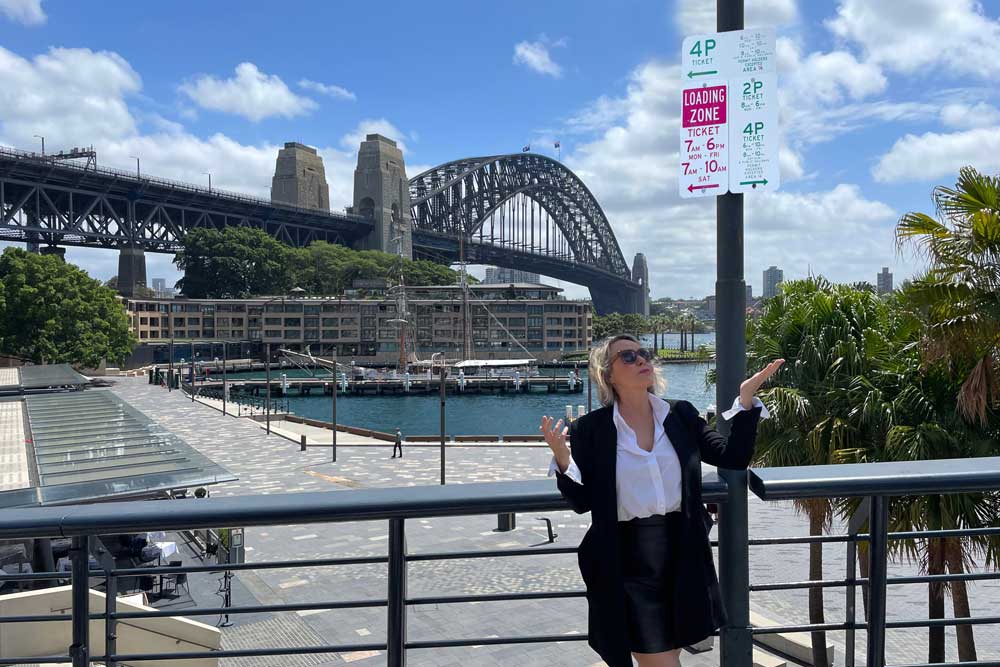SPONSORED CONTENT
This article is sponsored content provided by our advertising partner, SPOT Parking.

The Value of Digitizing Parking Assets
What does digitizing parking actually solve?

The concepts of Digital Twins, Infratech, and PropTech are increasingly impacting on the management and improvement of parking assets. Like other asset classes, the parking industry is increasingly looking at using the Internet of Things to create smarter, more connected infrastructure asset management for improved yield and better customer service.
Parking is still one of the most frustrating and confusing problems afflicting U.S. cities and university campuses.
Some of the key challenges that are facing parking administrators:
- Confusion—Parking options are unclear to drivers. Finding a space is time-consuming and frustrating.
- Inefficiency—Sub-optimal utilization of existing parking spaces and locations.
- Disjointed—Disjointed technology ecosystem adds time to day-to-day management.
- Uninformed—Lacking consolidated, easily accessible data for effective analyses and planning.
- Uncertainty—In how to take the first step towards the future of parking & mobility.

When cities and universities first consider moving to technology to help with these issues, it often seems overwhelming, time consuming, and expensive. Smart parking technology is growing and evolving, and the industry is continually changing, as is evidenced by recent merger and acquisition activity in the parking management and mobile payment space.
As featured in the recent IPMI Learning Lab, what we discovered working with CampusParc at The Ohio State University is that asset owners can gain immediate improvements and lay the foundation for a future technology roadmap by establishing a digital database of the parking assets and associated rules. It is surprising to cities and campuses we speak with how simple and low-touch this process is.
“Our customers are surprised to learn that an entire campus can be digitized within three months, with very little resource required on their part,” said CEO and Founder of Spot Parking Elizabeth Zealand.
“We often hear, ‘we don’t have the technology to measure occupancy’ but digitizing campus parking doesn’t rely on measuring occupancy. You can still vastly improve customer experience and efficiency of parking management without this technology,” Zealand added
However, if parking asset owners already have some existing occupancy technology or do decide to implement occupancy hardware in the future, ensuring the digitization is in an open platform format and able to integrate with any occupancy or payment technology is crucial.
Gone are the days of “one size fits all” for parking technology. Through the creation of a digital model of parking assets, asset owners can cherry pick the technology to reflect the level of reporting detail they require, or the value of the parking asset. For example, a university we work with has multiple occupancy solutions according to the business requirement. They built a greenfield garage for a high value, high volume medical center, and that garage has occupancy tracking down to the individual bay. In other surface lots, cameras at point of entry/exit are enough to provide general counts, and at other sites without mixed use parking, loop counters provide the data.
The advantage of having all the diverse assets digitized means that regardless of the technology chosen, cities and universities can have one dashboard for reporting on asset performance, and one source of truth to communicate to drivers about where best to park.
The digitization of the parking assets is increasing across the world, with major cities such as Montreal and Dublin recently seeking industry feedback on digitizing the curb to meet their sustainability and customer experience objectives. The challenge for the industry is to preserve an open, standard digital library so that mobility between and within cities is seamless.
Think about it—just as we look at a physical parking sign to understand where we can stop, an autonomous vehicle will need to be guided geospatially to a permitted curb space. And for cities to implement dynamic curb management, micro-mobility, enhanced urban freight deliveries, and rideshare zones, they need digitized curbs and off street assets.
“Digitization is one of the most cost effective and rapid result investments parking asset owners can make in their journey for productivity and profitability improvement. It is a force multiplier of value to the other significant investments made in parking management technology for a fraction of the cost,” Zealand added.
We are excited to help asset owners embrace the notion of the Digital Twin and the opportunities it provides. And it’s not as daunting as it seems.
Spot Parking digitizes parking assets for cities and campuses—see the latest brochures, case studies, and set up a chance to chat via the Spot website here.



